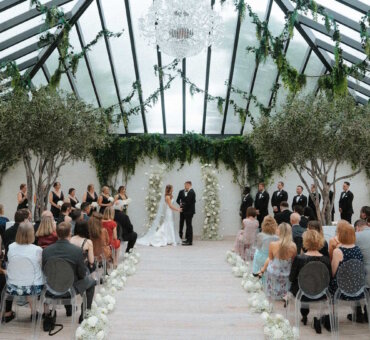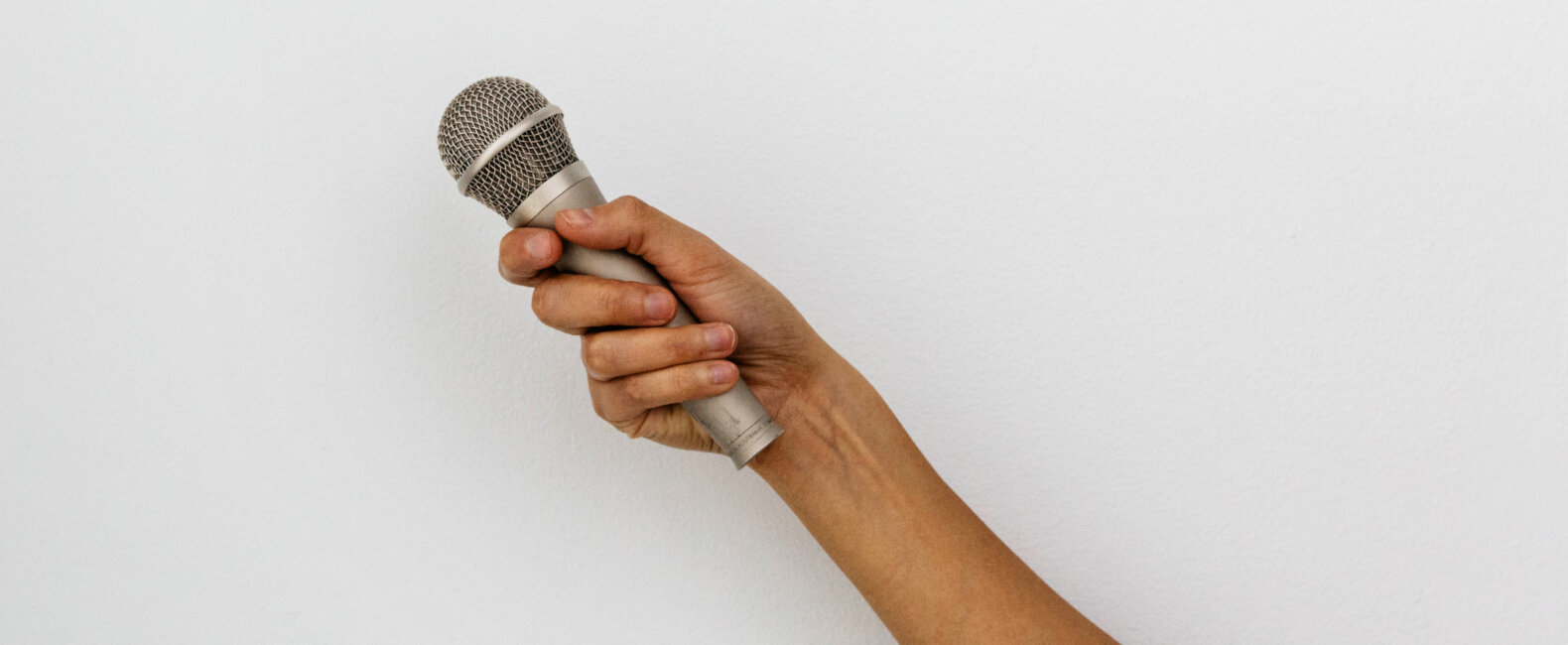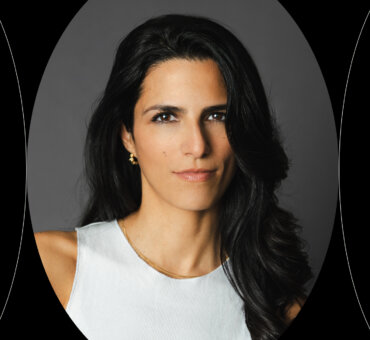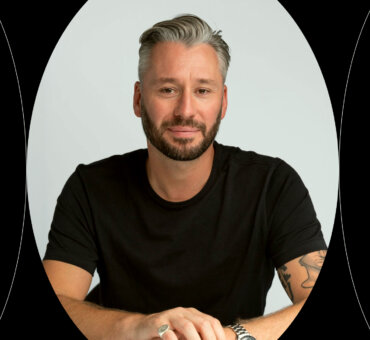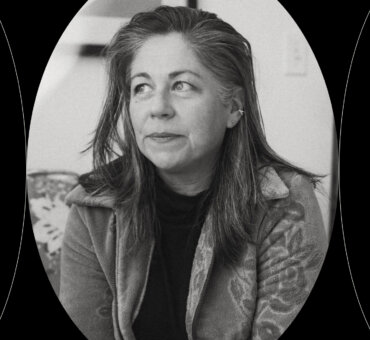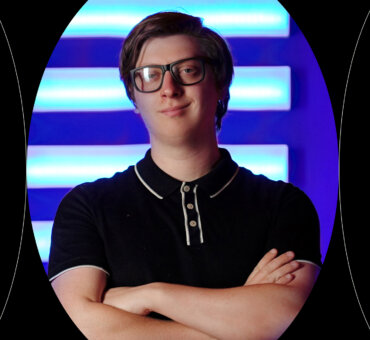Much like the myth of overnight success, the idea of “finding your voice” implies an unrealistic immediacy. As if your voice were something you might stumble upon one day, fully formed, just lying on the ground. Something you’d recognize if you saw it. In our experience, that’s not how it goes. Instead, your artistic voice is something you build through incredible amounts of time and tireless effort. It’s a slow accumulation of influence, work, and discernment. It takes years and there are no short cuts.
There is, however, a fairly common path. Most artists (not all, but most) move through similar phases on their way to finding their voice. While there’s no way to speed up the process, it can be helpful to recognize the process itself. And then recognize yourself within it. Just because you haven’t found your voice yet, that doesn’t mean you haven’t been gradually finding it all along. The search is a part of it.
Here’s a common creative path we’ve watched people move through. And while timelines vary, it almost always takes a very long time.

PHASE 1: TASTE
We start with our taste — some inherent recognition of great work, although not necessarily an understanding of what makes work great. More than anything, artistic work moves us. Devastates us sometimes. Makes or ruins our day. We seem to feel it more than others do. It is because of these experiences with art that we will most likely become artists ourselves. But in this early stage, our taste is still immature as are we. Which is a good thing. As our taste develops, our voice develops in tandem. Done properly, developing our taste should take a very long time. Not years. Decades. And during that time, it’s best to hold our ideas loosely. We aren’t as fully formed as we think.
Poet W. H. Auden wrote: “Between the ages of twenty and forty we are engaged in the process of discovering who we are… When someone between twenty and forty says, apropos of a work of art, ‘I know what I like,’ he is really saying ‘I have no taste of my own but accept the taste of my cultural milieu’, because, between twenty and forty, the surest sign that a man has a genuine taste of his own is that he is uncertain of it.”
In this beginning stage we follow our taste, and we distrust it.

PHASE 2: TALENT
Talent is tricky. The jury is still out on whether or not it even exists, let alone matters. “Talent is cheaper than table salt,” Stephen King claims. “What separates the talented individual from the successful one is a lot of hard work.” Hence, the 10,000 hour rule. Hence, graduate programs that claim they can churn out “filmmakers,” “writers,” and “artists” on demand. Whatever the truth of it is, though, it’s safe to say that early on, before we know what we’re doing, we’re left with only our wits. We follow our instincts. We mimic. We create with a scrappy, manic energy that often results in exciting, if extremely uneven, work.
We don’t know what we’re doing, and that ignorance becomes a virtue. “Sometimes it’s easy to look for tricks, or to want to master your craft to the point where you know what you’re doing and it gets easier,” animator Danny Madden told us recently. “But if you get to that point, where what you’re doing is easy, then you’ve really lost something.”
The reason we begin trusting our ignorance is because it often results in good work. There is energy in the unknowing. Later in our careers, we often look back on this early time nostalgically. Storm-chasing filmmaker Mike Olbinski said, “Sometimes I look back at my photos from a few years ago, and I feel like they’re great. I’m like, Am I still at that level? Have I stopped growing? … But some of that early stuff is good because I had more energy, more nervousness. It pushed me to work harder.”
A defining quality of this stage, though, is that the work is often hit or miss. When working without much head knowledge, it’s easy to slip into cliché, immaturity, repetition. It’s easy for artists to simply psych themselves out of their ability to do any work at all. Which is why this stage can often be torturous and anxiety ridden, and it forces us into the next phase: education.

PHASE 3: EDUCATION
At some point, all artists wonder why some things “work” and others don’t. We get curious about the history of our craft, its movements, how things have gotten to where they are now. We want to cure our anxiety with good old-fashioned know-how. So we seek out an education. Whether it’s through a formal arts program, blog/tutorial digging, a mentorship, or a cocktail of all of the above, artists at this stage experience the thrill and horror of looking behind the curtain. The experience is often simultaneously an inspiration and a letdown. And there’s no going back.
While this stage can cure some of the anxieties of not knowing what we’re doing, it can also add an entirely new, equally powerful anxiety: knowing exactly what we’re doing. Knowing too much. Creative knowledge can bring with it a devastating self-consciousness. As we become aware of our work, our work becomes aware of itself. The result is often cloying, sophomoric, and artificial. These are growing pains, but they often feel like moving backwards. They often feel like a crisis. This is when it becomes easy to romanticize the early days when we simply followed our gut. But we can’t hear our gut anymore. It’s stopped talking to us. We’ve traded magic for knowledge, and we’re starting to think we made a bad deal.
Luckily, there is a very simple antidote for this problem: keep on going. The pains in this stage occur because we are passing from amateur to pro. It is maybe the most important transition we’ll make. Steven Pressfield wrote: “The passage [from amateur to professional] is often accompanied by an interior odyssey whose trials are survived only at great cost, emotionally, psychologically, and spiritually. We pass through a membrane when we turn pro. It hurts. It’s messy and it’s scary. We tread in blood when we turn pro…. What we get when we turn pro is, we find our power. We find our will and our voice and we find our self-respect. We become who we always were but had, until then, been afraid to embrace and to live out.”
Our voice will act as our creative foundation for the rest of our career.
PHASE 4: ONGOING REINVENTION
On the other side of crisis is what we were looking for all along: our voice. Our true voice. The one that lives somewhere between our conscious and unconscious mind. The one that is balanced between the intentional and unintentional, between effort and effortlessness. We can conjure it at will, in moments of crisis or inspiration. And it’s worth it. Our voice will act as our creative foundation for the rest of our career. Even as we continue to grow and change and experiment, it is always within the context of our voice always within the context of who we really are.
There’s no magic formula to it. Ultimately, your ability to find your voice will come down to two factors: (1) Can you stick with your work long enough? and (2) Can you learn from your mistakes? Take those two grunt worker skills with you, and you’ll get there.































































